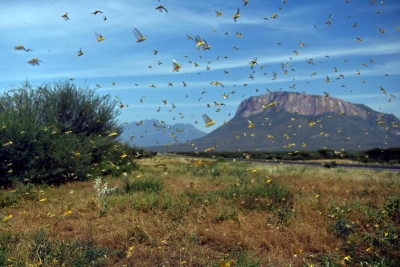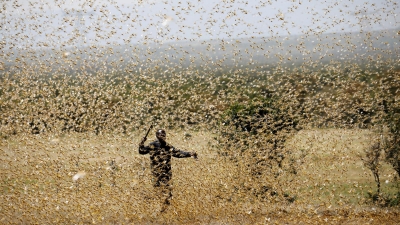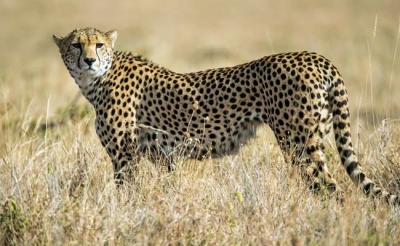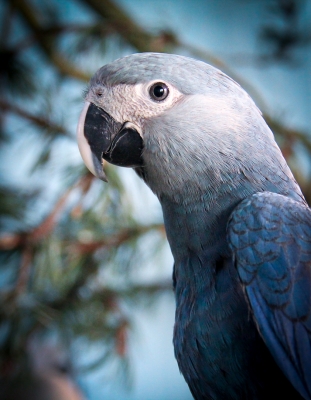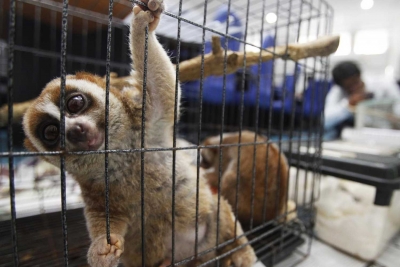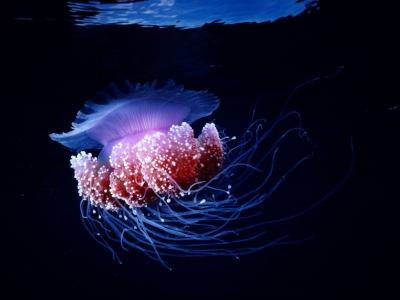
Sunlight does not penetrate 200 ft below the ocean’s surface, so the deep sea is essentially a cold, dark place. But if you dive underwater and go deep down, you may witness a blue-green glow here or a ghostly flicker there. And if you are lucky or a ghostly flicker there. And if you are lucky enough, you may witness lightshows of red, green, and blue. Where are these lights coming from? From marine organisms. This phenomenon of emitting light due to a chemical reaction within a living organism is called bioluminescence.
Shining stars
Though marine bioluminescent organisms live throughout the water column, from the surface to the seafloor and from near the coast to the open ocean, they are extremely common in the deep sea. As many as 90% of all the organisms in the deep sea are bioluminescent. Its the norm there, say scientists. Some of the bioluminescent marine organisms include fish, jellyfish, bacteria, algae, marine worms, crustaceans (shrimp, lobster, krill etc.), sharks and cephalopad (octopus, squid, cuttelfish). In fish alone, there are about 1,500 known species that emit light.
Thought rare, bioluminescence be witnessed among a few terrestrial organisms as well. They include firefiles, land snails, glow worms and some types of fungi. Some forms of bioluminescnence are brighter or exist only at night.
Chemical reaction
How is the light produced? The light is produced by a chemical reaction involving light-emitting molecule luciferin and light-emitting enzyme luciderase found in the organisms. When luciferase interacts with luciferin in the presence of oxygen, light is produced.
But not all bioluminescent reaction involve luciferase. Some involve a chemical called photoprotein instead of luciferase.
Some creatures produce their own light while others such as squid foster a symbiotic relationship with certain bacteria that live on the organism and emit light to help the host. (The host organisms provide these bacteria a safe home and sufficient nutrition. In exchange, the hosts use light produced by the bacteria for camouflage, prey or mate attraction.)
Colour choice
Most marine organisms emit light in the blue-green part of the visible light spectrum. These colours are more easily visible in the deep ocean. Land organisms also exhibit blue-green bioluminescence, but there are those that glow yellow such as fireflies.
A few organisms can glow in more than one colour. The head of the railroad worm(a larvae of a beetle species) glows red while its body glows green. The bioluminescent colour is a result of the arrangement of luciferin molecules and the type of the luciferase enzyme.
What the purpose?
Bioluminescent organisms often light up in response to an attack or a disturbance such as touch, waves or the passing of a boat (e.g: dinoflagellate); some use it to hunt prey (anglerfish has a fleshy growth on its head, which, when lit up, looks like a fatty, juicy worm. The fish uses it to attract prey); to find mate (the female of Bolitaena pygmaea), a deep-sea octopus species, lights up around the mouth to attract mate) and to communicate (scientists think the lanternshark uses bioluminescence to communicate to other members of its species). Some use bioluminescence as a defence tactic to surprise or confuse a predator (many types of jellyfish and squids) or to camouflage (hatchet fish and many shark species produce light to match their background).
Picture Credit : Google





